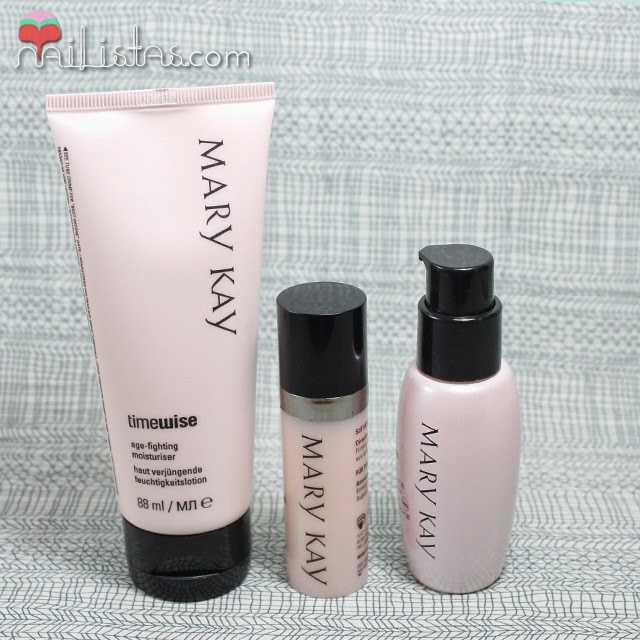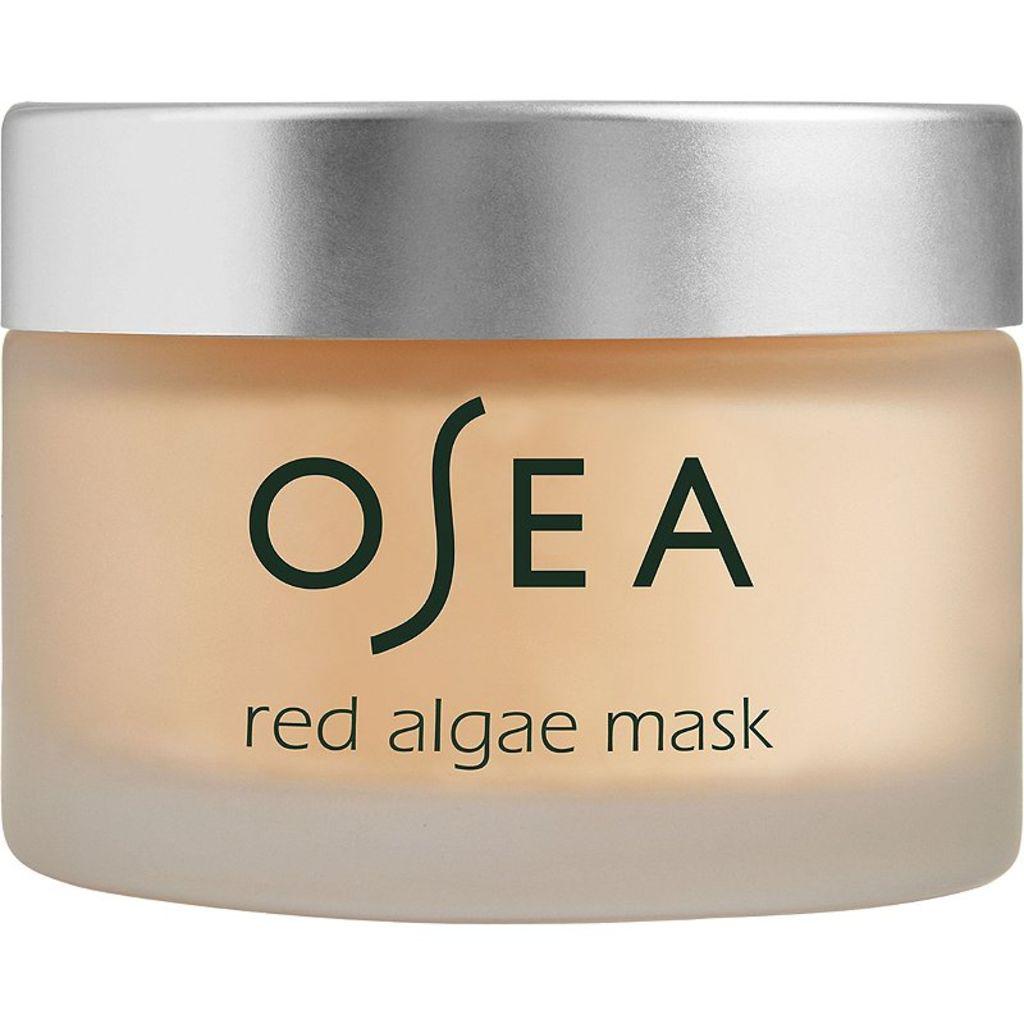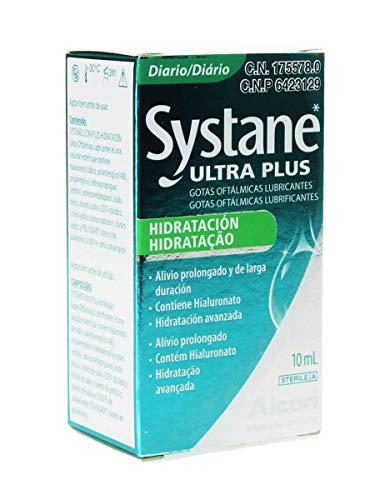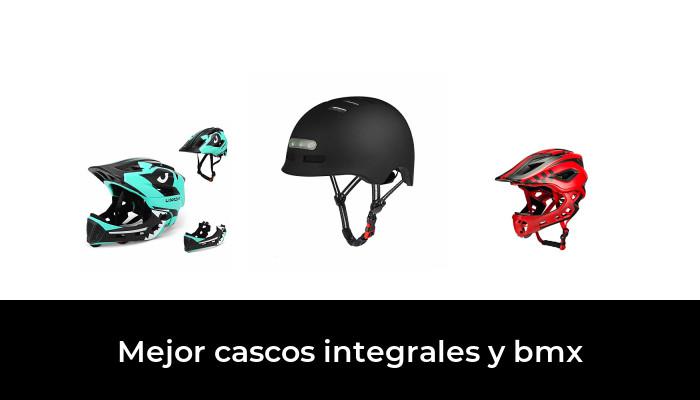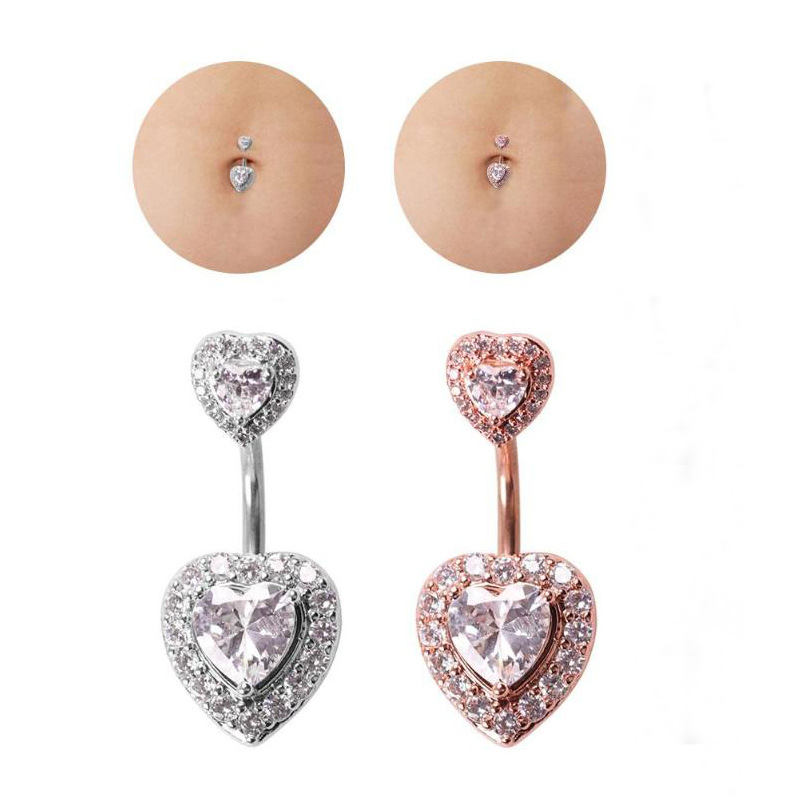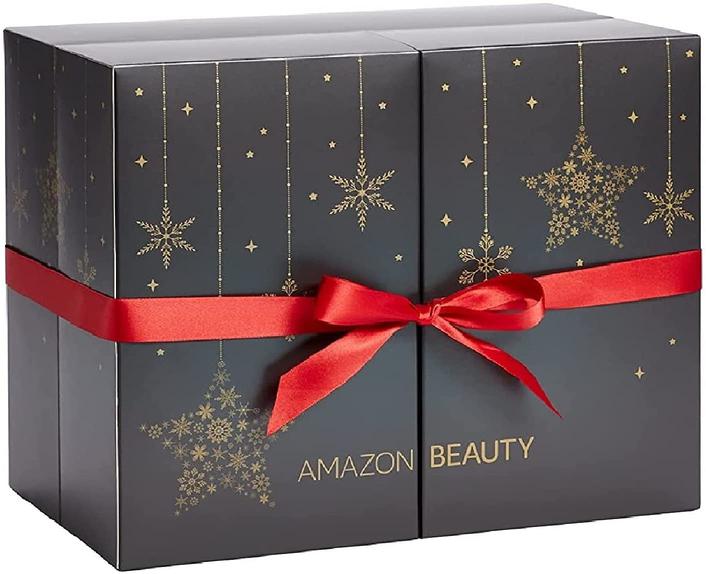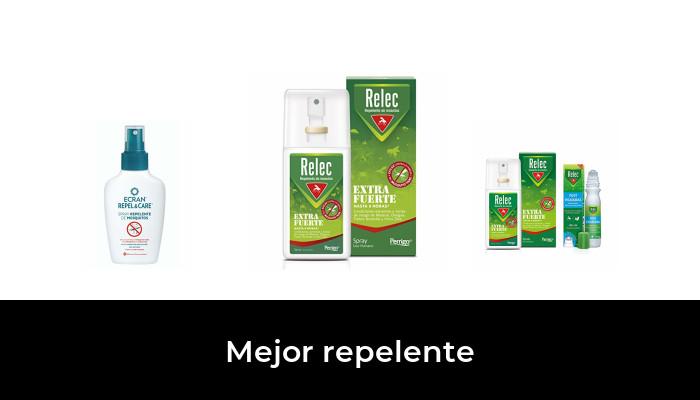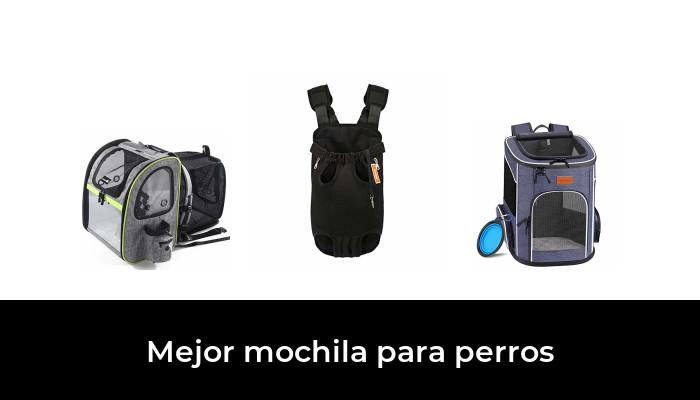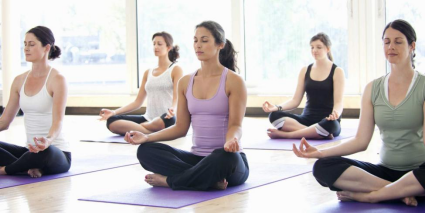The heat wave and the main precautions to take care of our skin
In summer, the frequency with which we are exposed to the open air is greater than that of the rest of the seasons, and also the incidence of sunlight on Earth is stronger. For this reason, prevention measures must be greater now, but we must be aware that skin care must be done all year round.
Avoid peak hours and use physical barriers (clothing, hats, etc.) and chemical barriers (sunscreens +50) are the main ones, but not the only ones.
The dermatologist Andrea Rodríguez spoke with La Salud y la Gente about how to intensify this care and what the consequences of not doing so could be. “It is preferable that from 11 a.m. to 5 p.m. we are not exposed to the sun, that we always wear light clothing, if it is with long sleeves better, a cap to take care of the skin of our scalp, where we have found lesions, and a sunscreen that generally it has to be between 40 and 50″.
The specialist highlighted that there are many laboratories that have important previous studies for the development of their skin care products. “The screen must be replaced on the skin every two to four hours, always according to the activities we do outdoors. It's not just about putting on in the morning when leaving"
–There is a tendency to take care of ourselves in summer, but not the rest of the year.
There are measures that we must always adopt. The care of the action of ultraviolet rays has to be all year round. New studies have determined that we should not only protect ourselves from UVV rays but also from UVA rays, and that is why laboratories are manufacturing sunscreens with blockers for both types. What we must not forget is that the protection must be on vacation, in our city, even if we are in the middle of winter, or even if it is cloudy.
The dermatologist assures that the clouds work as mitigators, but not as a filter. “That's why when we walk under a cloudy sky we end up burned as if we had been in the sun. The same thing happens with windy days: we do not feel the heat of the sun, but the rays burn in the same way”
–Should screen use be annual?
–Yes, especially in exposed areas, and in patients with previous lesions or with a tendency to pigmentation, such as dark skin. Some even use it inside their homes or in the workplace, because there are lamps or some computer screens that transmit rays that can pigment the skin.
Rodríguez adds that the incidence of injuries caused by the sun is increasing, and in her office she sees the appearance of injuries ranging from hyperpigmentation, lentigines and others of variable malignancy, even in very young people.
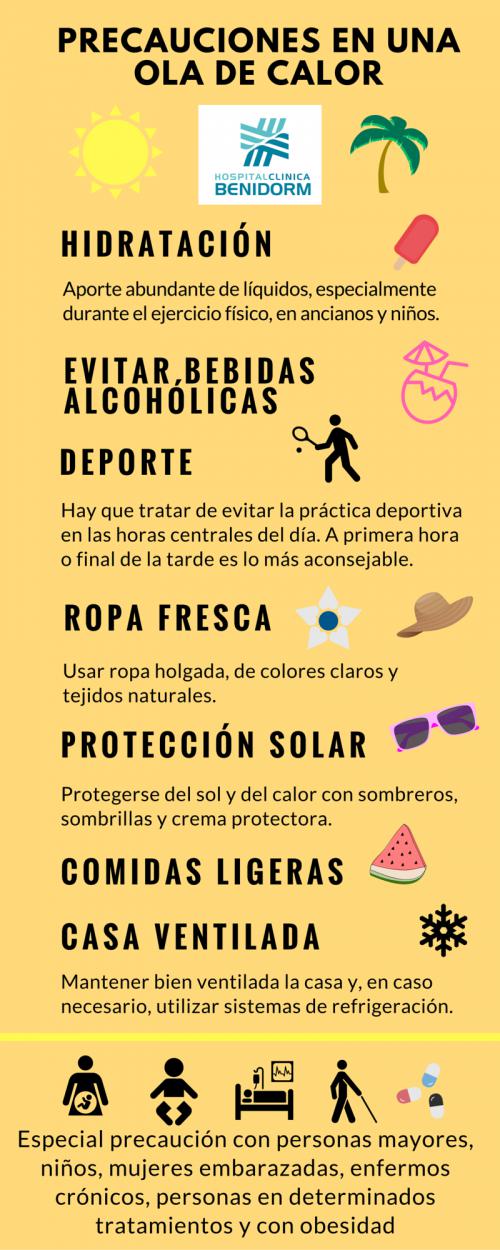
chemical and physical
“The use of sunscreen is one of the most important measures when we are in the sun, but it is not the only one. this care must always be supported with physical barriers. We use the protector as a chemical barrier, but it must be complemented with the appropriate clothing, hats, being in covered places, replacing the protector when leaving the water or after perspiring if you did physical activity. And you have to be very attentive to children, who must always be protected, ”she assures.
In minors, the skin is especially sensitive until they are eight or nine years old, but that does not mean that they do not have to continue protecting themselves afterwards. "Young children should not be exposed directly to the sun, but rather do so with appropriate clothing, enter the pool with appropriate clothing, with caps, and specially indicated sunscreens."
What are the consequences of not taking care of the sun?
–It is important to know that the skin has a memory and the sun produces an alteration in the DNA of the skin that is not translated immediately but over time. The burn in children generates consequences of injuries that appear in youth at an increasingly earlier age and later in adults. There are studies that say that approximately five skin burns, we are talking about those red lesions that burn, which sometimes result in small blisters and peel off, are enough for our skin to show injuries of different severity in the future. They can be spots like freckles, which we call lentigines, and in a more aggressive degree of evolution, solar keratoses and malignant lesions of different intensity... up to the appearance of skin cancer.
Are there safer times to be out in the sun?
–In summer, between 8 and 10:30 it is safe, always with a protector. From 11 am, the solar incidence is very direct and remains until 5 pm. From 6 pm it is also quiet. It is true that a tan is not generated as in peak hours, but we are talking about skin care and not about looking pretty.
–A few decades ago, “tanners” were used to enhance color. Is there a change of consciousness?
– They are no longer used as much as they were 20 years ago, such as rue tea, hydrogen peroxide, cola drinks. They were used and there were very serious burns, with scarring injuries, which left sequels. Likewise, there are people who, even at an advanced age, do not protect themselves from the sun to be tanned, and they generate atrocious photoaging, with the formation of wrinkles, spots, and lesions. Our youth have a little more awareness.
– Is the face what we should take care of the most in summer?
–It is the most exposed place, and that is why it is usually the most affected. In addition, it is the most sensitive and thin skin of the body, and the one that suffers the consequences to a greater extent, as well as the neck and hands. But as long as we are discovered, we have to take care of the whole body in the same way. In winter we have to protect those exposed areas. Perhaps one is not aware when he is young, when we enjoy a pool, the beach, life outdoors, but over time the skin takes its toll on us and we have the consequences.
How do we choose the best sunscreen?
The offer of solar screens is enormous, and that also makes it difficult to choose which one is the right one. Dermatologist Andrea Rodríguez offers some tips for choosing. “There are countless sunscreens on the market, and we always have to try to go with well-known brands. The investment in sunscreens is worth it, but there is no need to spend fortunes on recognized cosmetic brands either. There are many dermatological brands that have a good development in terms of protection techniques”, she assures.
“Now, in addition, there is a range of types of protectors, determined for each type of skin, for sex, for oily skin, that does not burn eyes, for athletes, for children, more fluids or less fluids. They are all valid when it comes to protecting ourselves. The ideal is always to look for a high factor, 50+”, concludes Rodríguez.

![47 best antiage nutritive cream in 2022 [based on 326 reviews]](https://website-google-hk.oss-cn-hongkong.aliyuncs.com/drawing/article_results_6/2022/2/27/1918fc37c66ad30564173e69d9df88a0.jpeg)
